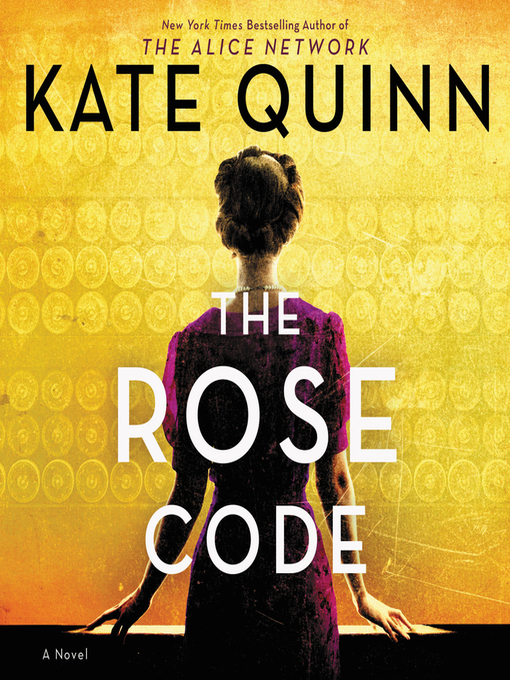
In the future Beth is held in a mental hospital, and the now warring Osla and Mab are called together to solve a puzzle. I’m not sure this adds anything to the tension. The book is set in two time frames and we jump back and forward. They’re a good combination of characters with different desires and backgrounds. Mab is pretty and tough (and we learn why well into the story), Beth is frumpy and painfully shy, but unexpectedly brilliant and is slowly coaxed out of her shell. Osla is pretty and posh and struggles to be taken seriously.

It takes off slowly and there are long stretches where not much happens. Perhaps I would have made a good code-breaker.

Speaking of long long hours, the book would have been much more enjoyable with 200 pages lopped off. They were recruited for their languages or good grades or cryptic minds and they worked long long hours on very tedious mundane work waiting for a break through in a code.

Seems there were a lot of women at Bletchley and if your gran used to say she was doing “secretarial” work there during the war she was probably under a cone of silence. The central characters in this story are three women: one deb (who is the girlfriend of Philip before he marries the queen), one sensible middle-class girl and one working-class girl at whose house the other two are billeted. On the periphery of Turin’s story is a cast of thousands, and The Rose Code, with barely a mention of Turin, brings these outsiders to the core and shines a light on their extraordinary achievements. It’s quite alarming how a good story comes to dominate the historical narrative. Bletchley Park is all about the Enigma machine and Alan Turing who broke the German codes and won the war, pretty much single-handedly, right?


 0 kommentar(er)
0 kommentar(er)
